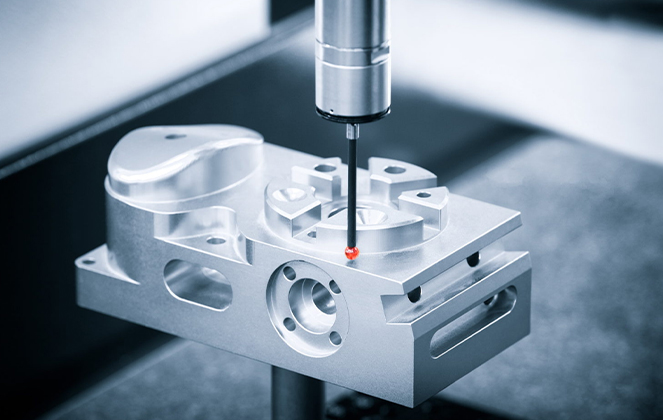Mobile:+86-311-808-126-83
Email:info@ydcastings.com
metal casting materials
The Importance of Material Selection in Metal Casting
Metal casting is a significant manufacturing process that involves pouring molten metal into a mold to create various components. The success and effectiveness of casting operations heavily depend on the selection of appropriate materials. This article critically examines the various materials used in metal casting and their significance in producing high-quality cast products.
The choice of material in metal casting encompasses both the type of metal to be cast and the materials used for molds and cores. Common metals utilized in casting include iron, aluminum, copper, magnesium, and zinc. Each of these metals possesses unique properties that make them suitable for specific applications.
The Importance of Material Selection in Metal Casting
2. Non-Ferrous Alloys Aluminum is the second most cast metal and is valued for its lightweight, corrosion resistance, and good thermal and electrical conductivity. It is commonly used for manufacturing components in automotive and aerospace industries. Aluminum alloys can be categorized into two groups wrought and cast alloys, with cast alloys often utilized for their superior machinability.
metal casting materials

Copper alloys, such as brass and bronze, are also popular in metal casting. These alloys exhibit excellent corrosion resistance and are generally used for marine applications and electrical components. Their aesthetic appeal makes them a preferred choice for decorative items as well.
3. Mold Materials Besides the metal to be cast, the materials used to create molds significantly influence the quality of the final product. Sand is a prevalent mold material in sand casting processes due to its ability to withstand high temperatures and ease of availability. Other materials include investment casting using wax patterns and ceramic molds, which allow for high precision in detail and superior surface finishes.
4. Core Materials Cores are used to create internal cavities in castings. They can be crafted from sand or other materials and must have sufficient strength to resist the flow of molten metal while maintaining the desired internal shape. Innovations in core materials, such as the use of thermosetting resins, have improved the performance of cores.
5. Environmental Considerations As industries push for sustainability, the casting process's impact on the environment must also be considered. Recycling metals like aluminum can significantly reduce the ecological footprint of metal casting. Moreover, using eco-friendly mold materials and methods can minimize waste and emissions.
Conclusion In conclusion, the selection of materials in metal casting is critical for the performance, durability, and cost-effectiveness of the final cast products. A thorough understanding of the properties of various metals and mold materials is essential for engineers and manufacturers aiming to optimize casting processes. As technology advances, the exploration of new materials and techniques will likely play an essential role in enhancing the efficiency and sustainability of metal casting in the future. This ongoing innovation will support industries in meeting the demands of productivity while promoting environmental responsibility.











